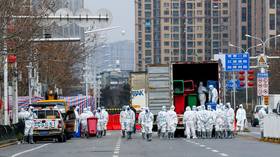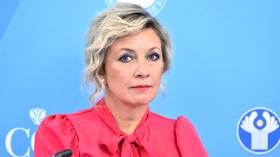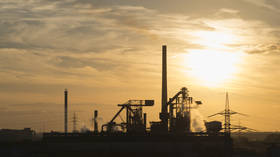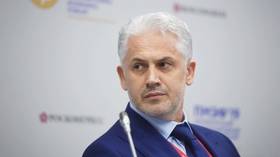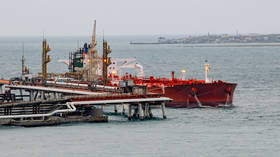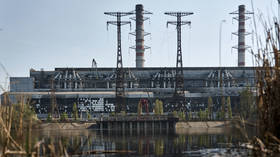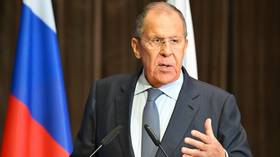Agriculture to underpin fertilizer demand
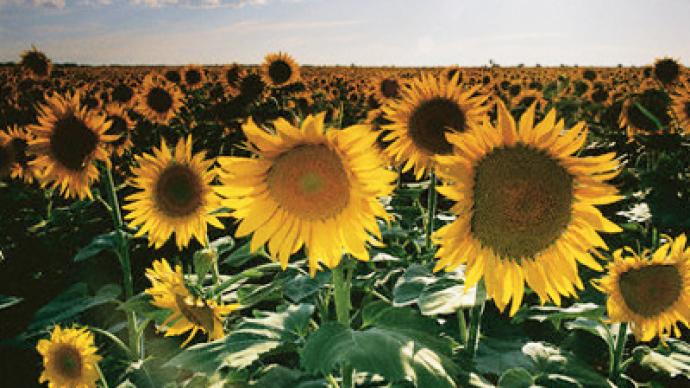
A drought, heat wave and the consequent temporary ban on Russian grain exports combined with dry weather in Kazakhstan, Ukraine and the European Union and excess rain in Canada have drained wheat stockpiles and put upward pressure on global wheat prices.
The recent global financial crisis led to significant reduction in demand and prices for mineral fertilizers as credits became inaccessible said Luybov Shestakova analyst Global Research Consulting“Before the crisis, the prices for nitrogen fertilizers had beaten all records and reached their historical maximum in the III quarter of 2008. However, in late 2008 the prices for nitrogen fertilizers dropped due to sharp decline in demand from agricultural producers. At the beginning of the spring planting season in 2009 the cost of nitrogen fertilizers increased by 45% comparing to January 2009, but till the end of the year remained fairly stable. The economic crisis influenced prices for potash fertilizers to a lesser extent in the connection with a significant concentration of industrial production in Russia and the presence of long-term contracts. It is worth noting that during 2009 prices for this type of mineral fertilizers were fairly high and almost unchanged.”The prices have fallen recently, but we can expect that as we approach the new agricultural season, the prices of basic types of fertilizers will go up said Dmitry Baranov Expert Finam ManagementFertilizer prices are subject to seasonal factor and the volume of the market explains Shestakova“2010 primary trend is the stabilization of prices for all types of mineral fertilizers. A slight increase in prices was noted at the beginning of the year. Primarily the demand and prices were influenced by the standard seasonal factors and the lack of inventory. In the second half of 2010 there has been a tendency of increasing prices for all types of fertilizers primarily due to the drought and rising food prices. Thus, the cost of 1 tone of nitrogen fertilizers in November 2010 increased by 31,4% comparing to January 2010, the cost of 1 tone of phosphate fertilizers increased by 9,2% and the cost of potash fertilizers – by 6,1%. However the 2008 price peak is unlikely to be reached in the short term.”After a period of flat performance, nitrogen and complex fertilizer prices have increased 15% – 36% since September reflecting stronger global demand fundamentals and driven by several factors on the supply and demand side explains Kirill Tachennikov Analyst UBS “Nitrogen fertilizer prices are 20% – 36% above 3Q 10 average Driven by high crop prices (20% – 30% above 1H 10 average), surging coal prices and high export duties in China and a hike in the gas tariff for Ukraine, prices for urea, ammonium nitrate, UAN and NPK demonstrated an impressive rally during September – November. Even incorporating scheduled capacity installations, utilization rates will remain high in the mid-term and the presence of high-cost producers is needed to match the supply-demand balance. Several mining projects are NPV-positive even in a bear-case scenario” Since the bulk of Russian potash fertilizers are being exported to India the future trend of prices for this type of fertilizer will be determined largely by this country. China, the second largest importer of Russian potash fertilizers, is constantly increasing its own production of potassium chloride and thus gradually losing its dependence on imports. Therefore India will probably remain the main importer of potash fertilizers produced in Russia acting as a price indicator believes Shestakova from Global Research Consulting “The financial crises adjusted the structure of Russian production and accordingly the structure of Russian export of mineral fertilizers. The share of potash fertilizers in the structure of Russian exports of mineral fertilizers declined twice in 2009 and the share of nitrogen fertilizers increased by 14,5%. The share of phosphate fertilizers in the structure of Russian exports of mineral fertilizers had always been insignificant, and in 2009 reduced even more. As the economy emerges from the crisis, the share of potash fertilizers is to increase in 2011. Potash and nitrogen fertilizers should possess approximately equal shares in the structure of Russian export of mineral fertilizers.”The sustained growth began a year ago when the economy saw a rebound in agrarian sector as well. Farmers received support from the government and had enough finance to purchase fertilizers, and it was the time to prepare the ground for a new field season.Strong soft commodity prices and strength in agricultural commodities are expected to stimulate farmers to invest in maximizing crop output, which has led to stronger fertilizer prices and restocking of fairly empty supply chains said Dmitry Strezhnev CEO Eurochem “We are observing that the current strength in soft commodity prices is encouraging farmers to invest in fertilizers and other means of maximizing output per acre, which should continue in 2011.This, coupled with an empty supply chain, helped us achieve stronger financial results in the third quarter on virtually unchanged volumes relative to last year. This allows us to comfortably continue with our ambitious capital expenditure program, where completing phase I of our Gremyachinskoye potash project on time remains the top priority.”The Russian government is interested in maintaining the investment attractiveness of the Russian chemical industry and avoiding a mid-term decrease in the share of downstream products. Along with government measures it will also support M&A deals on the market in coming years to prevent price increase on internal market believes Dmitry Baranov from Finam Management “We saw a number of M&A attempts this summer, when a group of shareholders announced their intentions for purchase of two core Russian potash fertilizers producers – Silvinit and Uralkali. The probability of this event is very large. It is a move for creation major players in each segment of the fertilizer industry. The individual players will be out of business, and their production capacity will be acquired by other shareholders. Thus the state will create favorable conditions and opportunities for trade in fertilizers in the domestic market for agricultural needs of the country”


